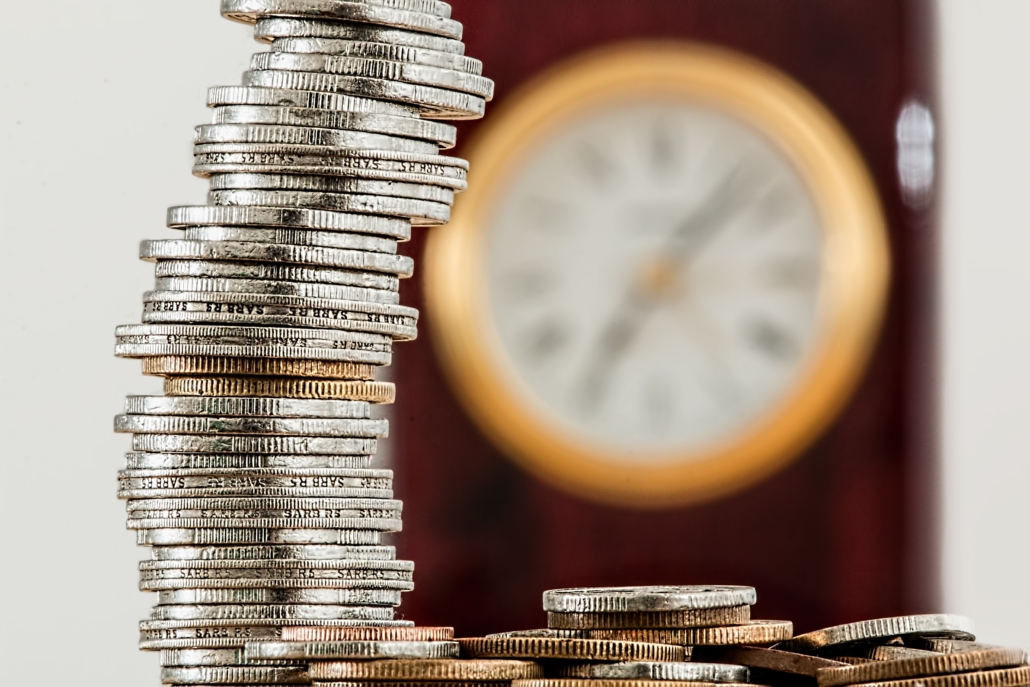4 Alternatives to a Traditional Savings Account
Traditional banking savings accounts these days pay little to nothing in interest. This is touted as one of the main reasons consumers are increasingly opting for other investments to boost their savings funds, including those with a higher risk.
Consult with a financial advisor regarding investment risks and rewards.
Contents
Higher Yield Money Market Accounts
Obtaining a money market account is one of the easiest alternatives to deposit money in a conventional savings account. Money market deposits, including normal savings and checking accounts, are insured by the Federal Deposit Insurance Corporation (FDIC), up to specific dollar amount limits.
Have a question about personal finance or entrepreneurship? Join the Ask Me Anything live chats on Conference Room.
Money market accounts provide restricted checking account services and pay higher interest rates than regular savings accounts. The maximum number of checks a customer can write on their account per month is normally between five and ten, depending on the bank.
Money market account holders enjoy a higher interest rate than those available for conventional savings accounts in exchange for adhering to the withdrawal restrictions. For example, a bank that pays just 0.10 percent interest on regular savings accounts may pay 0.25 percent interest on a money market account.
Online Banks and Credit Unions
Simply transferring a savings account to a different financial institution, whether one down the street or one accessible through the internet, may also result in a higher interest rate. Credit unions are similar to banks in terms of operations, but they usually provide less in financial services. The National Credit Union Share Insurance Fund (NCUSIF), the credit union counterpart of the FDIC, insures credit union accounts.
Since credit unions are nonprofit entities, they often offer slightly higher interest rates on savings accounts than banks. For example, by switching from a conventional bank to a credit union and opening a savings account, a person could increase their earnings from 0.09 percent to 1.25 percent. This is one of the safer unbanked alternatives for consumers wanting to protect their money.
Peer to Peer Lending
Peer-to-peer lending networks, which are typically run by websites, have grown in popularity in recent years. Individuals searching for personal loans can get them without going to a bank, thanks to peer-to-peer lending.
Individual lenders and borrowers can gain high returns on their money by financing the loans with their lending account deposits. Individuals on the lending side provide loan collateral for individuals on the borrowing side through websites such as Prosper.com.
High Yield Checking Accounts
Several high-yield checking accounts pay a higher rate of interest than savings accounts. Compared to lower savings account rates, some checking accounts may pay up to a 2.00 percent annual percentage yield.
Customers must normally meet certain conditions to qualify for the higher interest rates, such as maintaining a minimum balance, setting up direct deposit or bill pay, or making a certain amount of monthly debit card transactions. There is normally no penalty if account holders fail to meet the conditions for earning the higher rates. They are often given the bank’s usual lower checking account rate.
It is important to remember that any investments carry risk, even if it is a small one, and by investing your money, you may lose what you invest at any time.
Go to Accounting Accidentally for 400+ blog posts and 450+ You Tube videos on accounting and personal finance:
Good luck!
Ken Boyd
Author: Cost Accounting for Dummies, Accounting All-In-One for Dummies, The CPA Exam for Dummies and 1,001 Accounting Questions for Dummies
(email) ken@stltest.net
(website and blog) https://www.accountingaccidentally.com/

